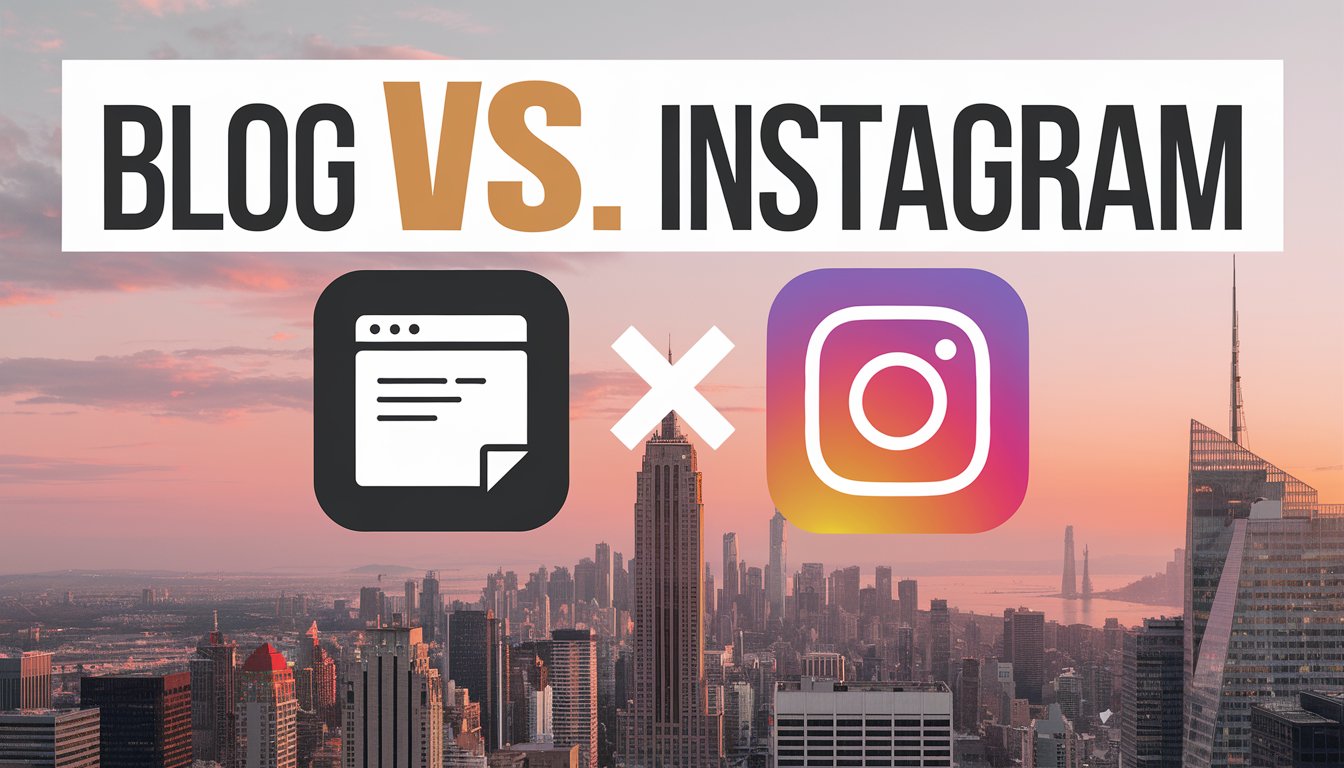Blog vs Article: Understanding the Differences
In the world of online publishing, content writing comes in many forms. Blogs and articles are two popular types that often confuse readers. They differ in style, structure, and purpose.
Blogs started as personal web logs and grew into regularly updated sites on various topics. Articles, however, are more formal and fact-based. Knowing the difference between blogs and articles is key for writers and readers.
The main differences between blogs and articles include tone, style, length, and purpose. Blogs are more personal, encouraging readers to comment and discuss. Articles, on the other hand, aim to deliver comprehensive information to a wider audience in a more objective way.
As we dive into the blog vs article debate, we’ll see how these formats shape online publishing and content writing. Whether you’re a seasoned writer or a curious reader, knowing these differences will help you better navigate the digital content world.
Definition of a Blog
A blog is a dynamic website or web page that gets updated often with fresh content. It’s a place where people or businesses share their thoughts, experiences, or knowledge. Blogs are key in the world of web content, covering everything from personal stories to industry news.
Blogging means posting new content regularly, like every day or week. This keeps readers coming back and helps your blog show up better in search results. Starting your first blog is an exciting step into creating digital content.
Blogs are different from traditional articles because they encourage interaction. They allow readers to comment, share, and even include videos and infographics. This makes blogging a unique way to express yourself and market your business.
Definition of an Article
Articles are in-depth pieces that explore specific topics. They aim to educate and analyze with clear facts. Authors often write from a journalistic standpoint, offering balanced views.

Articles have a title, introduction, body, and conclusion. Examples include news articles, feature pieces, and opinion columns. They differ from blog posts in their formal nature, providing detailed insights.
Writing articles requires thorough research and fact-checking. Authors must ensure accuracy, cite reliable sources, and keep a professional tone. This makes articles valuable for those seeking deep knowledge on topics.
Articles don’t always follow a time-based order. They organize information logically, helping readers understand complex topics. While blogs can make money, articles focus on education and information, not entertainment or persuasion.
Key Differences Between Blogs and Articles
Blogs and articles are different in content writing. Blogs are casual, sharing personal stories and opinions. They aim to connect with readers, encouraging them to share and comment. Articles, however, are formal, presenting facts and analysis backed by research.
Writing styles differ a lot between blogs and articles. Blogs are conversational, making them relatable and fun to read. Articles, on the other hand, are professional, aiming to provide detailed information. This shows their different goals: blogs entertain or inform, while articles dive deep into topics.
Length is another big difference. Blog posts can be short (300-600 words) or long (over 1,200 words), meeting various reader needs. Articles usually range from 500 to over 1,000 words, depending on the topic’s depth. Choosing the right niche for your blog is crucial, with some bloggers making $30,000 to $50,000 a month.
Purpose and Objectives
Blogs and articles have different roles in content marketing. Blogs help build communities and share personal views. They also provide regular updates. This makes them great for getting leads and showing your expertise.
Articles, however, give detailed information on specific topics. They aim to educate readers thoroughly.
When making web content, knowing the GOST model is essential. Goals are the big, long-term aims. Objectives are the specific steps to reach those goals. For example, a blog might aim to boost website traffic by 20% in six months. An article might teach readers about a new product feature.
Creating SMART objectives is crucial in content marketing. SMART stands for Specific, Measurable, Achievable, Relevant, and Time-bound. This method helps turn big goals into doable steps. For instance, a blog series might aim for 100 new leads each month. An in-depth article might aim for 1,000 social media shares in two weeks.
SEO Considerations
SEO is key in digital content strategy. Blogs and articles need different SEO tactics. Blogs use long-tail keywords for specific searches. This works well in education, lifestyle, and entertainment.
Articles aim for competitive keywords. They provide detailed content that stays relevant. Using meta descriptions, headers, and internal links is crucial. It’s good to link to 2-3 previous posts in each blog.

Mobile optimization is vital. In 2021, 63% of web visits were from mobiles. This shows how important mobile-friendly sites are, especially in e-commerce and travel. Google’s Core Web Vitals focus on user experience, including speed and stability.
Tools like Yoast Plugin and Google Search Console help with SEO. Blog posts should be at least 700 words. For detailed content, aim for 1,000-1,400 words or more.
Writing Style and Voice
Content writing comes in many styles for different audiences. Blogs are like chatting with a friend, making readers feel connected. Articles, however, are more formal, aiming to share information without bias.
The style you choose affects how readers see your content. Blogs let you share your personality, making hard topics easier to understand. Articles focus on facts and expert views, building trust through solid research.
Keeping your voice consistent is key for blogs and articles. It makes your brand or personal style stand out. Whether it’s a casual blog or a formal article, staying true to your tone keeps readers interested.
Visual Elements
Visual elements are key in digital content and marketing. Blogs use images, infographics, and videos to engage readers. Articles also use visuals, but in a more limited way. Both formats use multimedia to enhance user experience and share information well.

Visuals are very powerful. Images are processed 60,000 times faster than text. Posts with good visuals get more views and shares, showing higher engagement. It’s important to use high-quality images, as bad ones can lose readers quickly.
Charts, diagrams, and infographics are great for data content. They help understand complex topics better. Adding text with images grabs attention and improves memory.
In content marketing, visuals have many roles. They make text easier to scan and help explain complex ideas. Blogs might use GIFs for emotion or screenshots for guides. Articles often use graphs or professional photos.
Distribution Channels
The digital world has many ways to share content. Blogs live on sites like WordPress or custom websites. Articles appear in online magazines and news sites. Both use social media to reach more people.
Text is popular, but other types of content are great too. YouTube is a top spot for videos. Podcasts are loved for their ability to be listened to while doing other things. Webinars teach specific topics. Instagram and Pinterest are perfect for visual content.
There are three types of channels: owned, earned, and paid. Owned channels are websites and social media. Earned channels, like Medium, promote for free. Paid channels include ads and sponsored content.
The internet grows by 2.5 quintillion bytes every day. That’s like filling the Library of Congress 500 times! To get noticed, content marketing needs to be SEO-friendly and engage billions on social media. Tools like analytics help make strategies better.
Target Audience
Choosing the right audience is key for good content marketing. Blogs draw readers who want personal stories or specific info. Articles, on the other hand, attract those looking for deep analysis or facts. Knowing your audience helps you make content they’ll enjoy and find useful.
Studies show that focusing on a specific audience makes your content more engaging. By understanding who your audience is, you can create content that speaks to them. This approach boosts user interaction, loyalty, and your marketing campaign’s success.
To find your target audience, look at their age, gender, income, location, interests, and behavior. Google Analytics is a great tool for this. It tracks how people visit your site, what they do there, and who they are. This info helps shape your content marketing plan.
Keep in mind, different audiences need different content. Make sure your content matches what your readers are looking for. Whether they’re searching for info or ready to buy, aligning your content with their needs builds trust and expertise. This leads to better results in your marketing efforts.
Choosing the Right Format
When it comes to content writing and online publishing, the choice between a blog and an article depends on your goals and audience. Blogs are great for building a community or sharing quick updates. They work well with catchy titles like “10 tips on…” that grab readers’ attention.
Adding videos or pictures can make your blog stand out. Articles, on the other hand, are best for deep dives and formal reporting. They are longer and more detailed, appealing to academic crowds.
But don’t forget, 91% of online readers love blogs with clear, snappy wrap-ups. In fact, 73% of people skim to the end for a quick summary. So, whether you choose blogging or writing articles, make sure to end with a strong conclusion.
Remember, your writing style matters, especially if employers check out your online presence. If you’re leaning towards blogging, platforms like WordPress.org or Wix offer great tools to get started. A strong conclusion can boost reader engagement by 65%. So, wrap it up with a bang!





